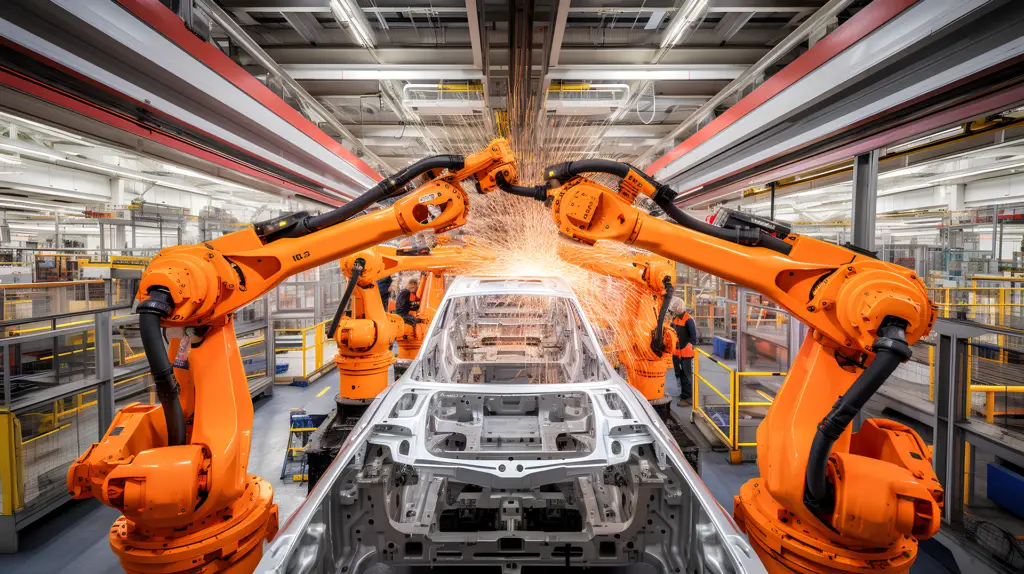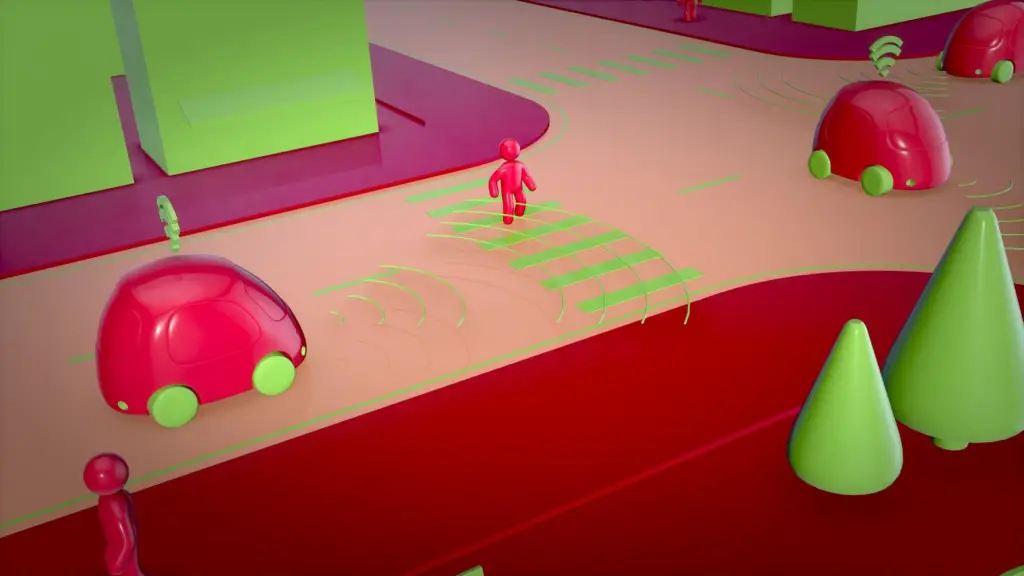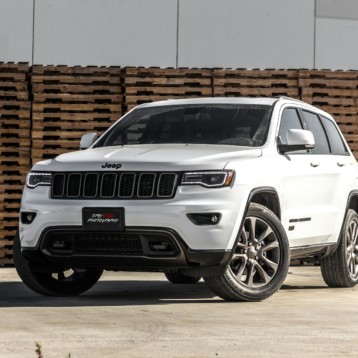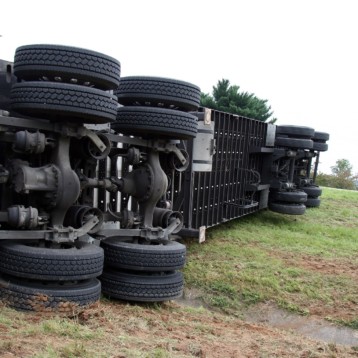
Mobility is poised for a revolutionary shift due to rapid technological advancements and growing environmental concerns. The reliance on combustion engines contributes to pollution and resource depletion, while inefficient public transport systems worsen urban congestion and air quality. Additionally, safety issues linked to human driving errors highlight the critical need for innovations in vehicle technology and driver education. Such changes are vital as urban mobility evolves to meet future demands.
Transforming Current Mobility Paradigms
The mobility landscape is undergoing a significant transformation, pivoting from traditional fossil-fueled vehicles to innovative electric and autonomous technologies. This evolution aims not only to tackle the persistent environmental issues wrought by conventional cars but also to pave the way for a sustainable, low-carbon future. As electric vehicles (EVs) gain traction in the market, the demand for supporting infrastructure, such as widespread charging stations and robust traffic management systems, becomes more apparent. Additionally, the integration of autonomous driving technology holds the promise of drastically reducing traffic accidents caused by human errors, potentially revolutionizing road safety.
Enhancing Infrastructure to Support New Technologies
However, this shift also introduces substantial challenges. Developing an extensive network of EV charging stations is critical to accommodate the increasing number of electric cars on the road. Furthermore, traffic management systems need to evolve to handle the complexities introduced by autonomous vehicles. These systems must seamlessly integrate traditional and autonomous vehicles, ensuring safety and efficiency on roads.
The Role of Driver Education
As the technological complexity of vehicles increases, the necessity for advanced driver education becomes paramount. Modern driver training programs are tasked with equipping new drivers with a deep understanding of both electric and autonomous vehicle operations. Such education will not only involve the mechanics of operating these advanced vehicles but also the ethics and responsibilities of co-existing with autonomous systems on public roads.
Preparing Tomorrow’s Vehicles for New Mobility Challenges
Tomorrow’s vehicles are being tailored to meet the evolving demands of modern mobility, integrating sophisticated technologies that enhance performance and sustainability. Manufacturers are leveraging a broad equipment portfolio to innovate and refine vehicle components, ensuring they are not only more efficient but also environmentally friendly. These advancements are crucial as the automotive sector transitions towards electric and autonomous vehicles, and as consumer expectations shift towards greener, more sustainable transportation options.
Innovative Dispensing Technologies
Dispensing technology plays a vital role in this transition. Today’s methods involve precise application systems that handle various materials, such as adhesives and sealants, essential for assembling battery packs and electronic components in electric vehicles. These systems ensure that materials are applied with high precision and consistency, minimizing waste and improving the durability and safety of the components. As vehicle designs become more complex, the need for equally advanced dispensing solutions becomes more apparent, driving efficiency in production lines.
The Role of Impregnation Techniques
Impregnation techniques are also advancing, providing crucial solutions for enhancing the performance of electric motors and electronic parts. By filling microscopic gaps in porous materials, impregnation improves insulation and protects against moisture and environmental contaminants. This process is particularly important for components exposed to harsh operating conditions, ensuring that vehicles remain reliable and efficient over their operational life. The improvement in component durability directly contributes to vehicle longevity and performance, aligning with the industry’s shift towards sustainability.
Heat Staking in Automotive Assembly
Heat staking continues to be an indispensable method within the automotive industry, especially for joining dissimilar materials in hybrid constructions. This technique allows for the robust assembly of thermoplastic components with minimal stress and without additional fasteners. Heat staking is crucial for manufacturing lightweight yet durable parts that contribute to the overall reduction of vehicle weight, which is vital for increasing the efficiency and range of electric vehicles. By employing this method, manufacturers can ensure stronger bonds and greater reliability in the finished vehicle, showcasing how traditional processes evolve to meet modern needs.
Pioneering Regions in Modern Mobility Solutions
Around the globe, certain regions have made significant strides in redefining urban mobility with innovative concepts that are not only feasible but also highly effective. Singapore, renowned for its advanced infrastructure, is one of these pioneers, alongside other areas that have embraced similar transformative approaches to tackle the challenges of modern transportation.
Singapore’s Integrated Mobility Model
Singapore’s success in urban mobility is underpinned by its comprehensive use of smart traffic management systems. Utilizing a network of sensors and AI, the city efficiently manages its traffic flows, drastically reducing congestion and enhancing commuter experiences. This system adjusts traffic signals in real-time based on current traffic conditions, prioritizes public transport, and ensures clear routes for emergency vehicles, setting a global standard for smart city transportation.

Autonomous driving is already being successfully integrated into the city’s mobility concept in Singapore.
Autonomous Vehicles in Action
Moreover, Singapore’s initiative in integrating autonomous vehicles (AVs) into its public transport system marks a significant step towards future mobility. Trials of self-driving buses and taxis within specific districts not only test the viability of AVs in everyday use but also prepare the public for a shift towards more autonomous transport solutions. These vehicles are designed to operate safely alongside traditional traffic, equipped with state-of-the-art navigation systems and sensors to prevent accidents and improve traffic efficiency.
Other Regions Following Suit
Following Singapore’s lead, cities like Oslo and Copenhagen have also implemented groundbreaking mobility solutions. Oslo has focused on becoming a ‘car-free’ city by enhancing its cycling infrastructure and promoting electric vehicles through subsidies and providing extensive charging networks. Copenhagen, on the other hand, has achieved a remarkable feat by making cycling the norm rather than the exception. Over 60% of the city’s population cycles to work or school, supported by an extensive network of bike lanes and rental services.
Both Oslo and Copenhagen have seen significant reductions in carbon emissions and traffic congestion by encouraging the use of non-motorized and electric vehicles. Their efforts not only contribute to environmental sustainability but also promote a healthier, more active lifestyle among their residents. These cities exemplify how tailored approaches to mobility can effectively transform the urban landscape.










